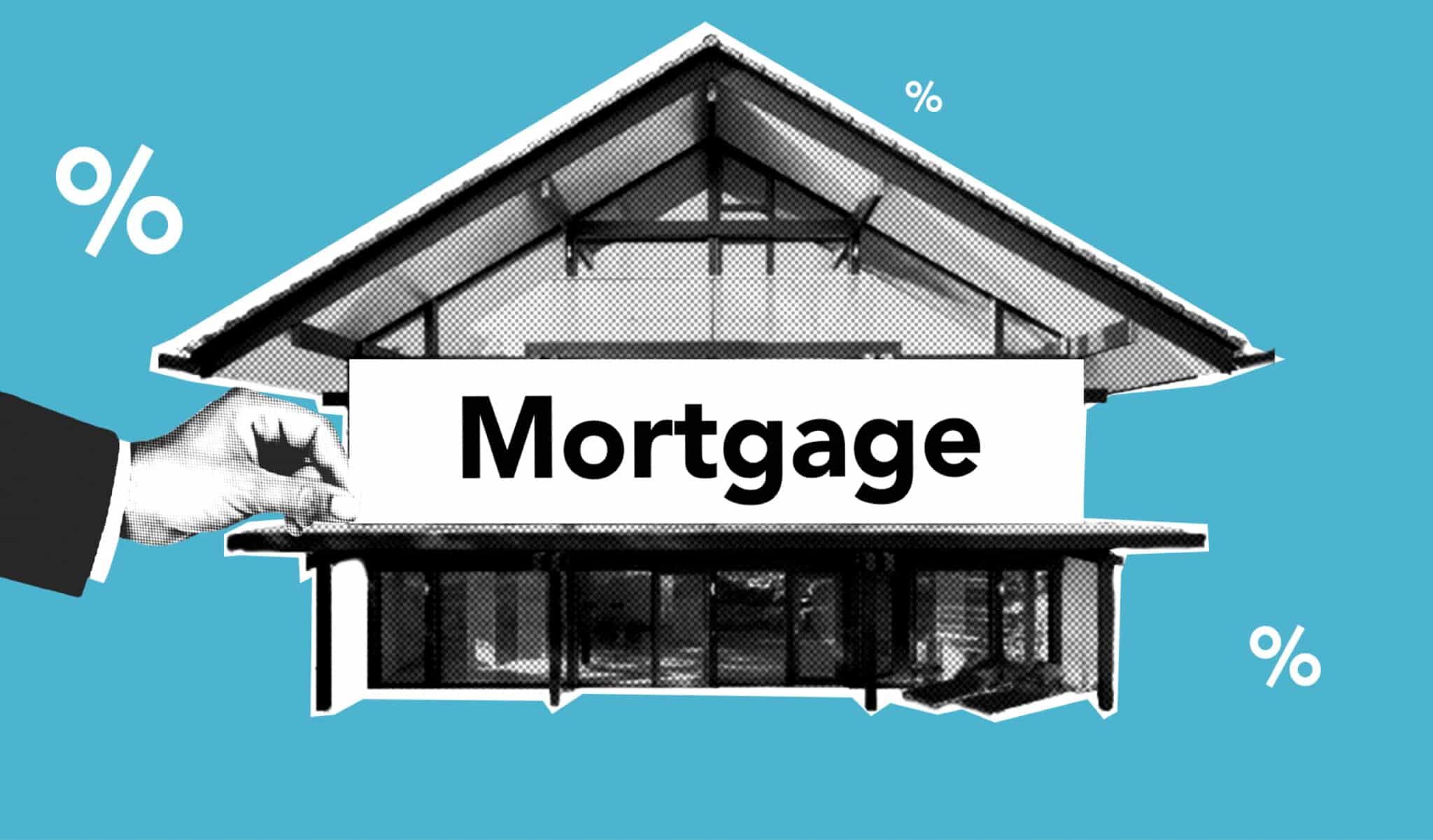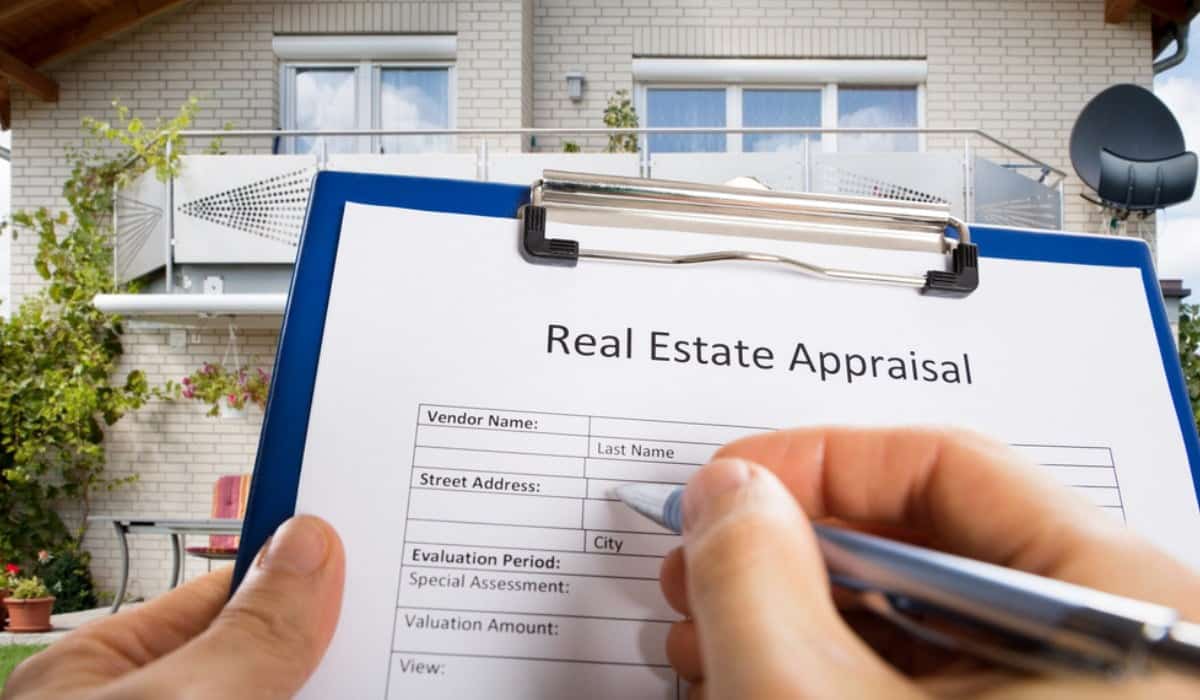If you’re considering buying a home, getting pre-approval for a mortgage is an important step in the process. But the homebuying journey involves many other steps and decisions, from finding the right neighborhood to working with a real estate agent.
To learn more about the home buying process as a whole, check out our comprehensive guide Your Ultimate Guide to Buying a Home, which covers everything from saving for a down payment to closing on your new home.
In this article, we’ll focus specifically on the importance of mortgage and preapproval letters, and how to get preapproved for a mortgage.
What is pre-approved?
A mortgage pre-approval is a process in which a lender assesses your creditworthiness and financial situation to determine how much they are willing to lend you for a mortgage. It involves providing the lender with detailed information about your income, assets, debts, and credit history. The lender will then review this information and issue a pre-approval letter that states the amount of money you are pre-approved to borrow.
Here are some key points about pre-approval:
- Pre-approval is not a guarantee that you will get a mortgage, but it does indicate that you are a strong candidate for a loan.
- Pre-approval can be a valuable tool for homebuyers, as it helps them determine how much house they can afford and shows sellers that they are serious buyers.
- Pre-approval typically lasts for 60 to 90 days and can be renewed if necessary.
- Pre-approval is not the same as pre-qualification, which is a less formal process that gives you a rough idea of how much you might be able to borrow.
Benefits of getting pre-approved:
- Helps you determine how much house you can afford: Pre-approval gives you a realistic idea of what you can afford to spend on a home based on your income, expenses, and other factors.
- Makes you a more competitive buyer: Sellers are more likely to take your offer seriously if you have a pre-approval letter, as it shows that you have already gone through the initial stages of the mortgage process.
- Saves time and effort: Pre-approval allows you to focus on homes that are within your budget, which saves you time and effort in the home-buying process.
- Gives you negotiating power: With a pre-approval letter in hand, you may be able to negotiate a better price with the seller, since they know that you are a serious buyer who is ready to make an offer.

Mortgage Prequalification and Preapproval
Mortgage prequalification and preapproval are important steps in the home buying process that can help you determine how much house you can afford and your options for a home loan or financing your purchase. Here’s what you need to know:
What is mortgage prequalification?
- Mortgage prequalification is a process in which a lender evaluates your financial situation based on the limited information you provide, such as your income, assets, and debts.
- Prequalification provides an estimate of how much you might be able to borrow, but it is not a guarantee that you will be approved for a mortgage.
- Prequalification can typically be done online or over the phone, and it is generally a quick and easy process.
What is mortgage pre-approval?
- Mortgage preapproval is a more formal process in which a lender evaluates your creditworthiness, income, assets, and debts to determine how much they are willing to lend you for a mortgage.
- Preapproval provides a more accurate estimate of how much you can afford to spend on a home, and it shows sellers that you are a serious buyer who has already been through the initial stages of the mortgage process.
- Preapproval typically requires more documentation than prequalification, and it can take longer to complete.
Comparison of prequalification vs. pre-approval:
- Prequalification is less formal than preapproval and provides a less accurate estimate of how much you can afford to spend on a home.
- Preapproval is more formal than prequalification and provides a more accurate estimate of how much you can afford to spend on a home.
Benefits and drawbacks of prequalification and pre-approval:
- Benefits of prequalification: Quick and easy process, free, and doesn’t impact your credit score.
- Drawbacks of prequalification: Not a guarantee of approval, less accurate estimate of how much you can afford.
- Benefits of a preapproval: A more accurate estimate of how much you can afford, shows sellers that you are a serious buyer, and can help speed up the mortgage process.
- Drawbacks of a preapproval: Requires more documentation, can take longer to complete and can impact your credit score.

Types of Pre-Approval Offers
When it comes to mortgage pre-approval, there are several types of offers that mortgage lenders can can provide. Each type of pre-approval offer has its qualifications, special considerations, and benefits. Here’s what you need to know:
Qualifications for pre-approval offers:
- To qualify for a pre-approval offer, you will typically need to provide documentation that proves your income, assets, and debts.
- You will also need to have a good credit score and a stable employment history.
- The specific qualifications may vary depending on the lender and the type of pre-approval offer.
Special considerations, such as interest rates, loan limits, and fees:
- Interest rates: The interest rate you are offered will depend on a variety of factors, including your credit score, the amount of your down payment, and the type of mortgage you are applying for.
- Loan limits: There are limits on the amount of money you can borrow for a mortgage, which may vary depending on your location and the type of property you are purchasing.
- Fees: Lenders may charge fees for pre-approval, such as application fees, appraisal fees, and credit report fees.
Types of pre-approval offers, such as conditional and non-conditional pre-approvals:
- Conditional pre-approval: A conditional pre-approval offer is based on certain conditions that must be met before the loan can be approved. For example, the lender may require you to provide additional documentation or make certain changes to your financial situation before they will approve the loan.
- Non-conditional pre-approval: A non-conditional pre-approval offer is a more firm commitment from the lender that they are willing to lend you the money for a mortgage. This type of pre-approval offer is based on a more thorough evaluation of your financial situation, and it is typically more difficult to obtain.
Key takeaways:
- Pre-approval offers can vary depending on the lender and the type of mortgage you are applying for.
- The specific qualifications, special considerations, and benefits of each type of pre-approval offer may vary, so it’s important to do your research and compare offers from different lenders.
- Regardless of the type of pre-approval offer you receive, it’s important to understand that pre-approval is not a guarantee that you will be approved for a mortgage.

Qualifications for prequalification and preapproval:
- To qualify for prequalification or preapproval, you will typically need to provide documentation that proves your income, assets, and debts.
- You will also need to have a good credit score and a stable employment history.
Special considerations for prequalification and preapproval:
- Interest rates, loan limits, and fees can vary depending on the lender and the type of mortgage you are applying for.
- You may be required to provide additional documentation or make certain changes to your financial situation before your loan is approved.
How long do prequalification and preapproval take:
- Prequalification can typically be done in a matter of minutes to a few hours.
- Preapproval can take a few days to a few weeks to complete, depending on the lender and the complexity of your financial situation.
What information do you need to provide for prequalification and preapproval:
- Basic personal information, such as your name, address, and social security number.
- Information about your income, including your salary, wages, and any other sources of income.
- Information about your assets, such as your bank accounts, investments, and other property.
- Information about your debts, including any outstanding loans or credit card balances.
Which is right for you? Prequalification vs. pre-approval comparison:
- Prequalification may be a good option if you are just starting your homebuying journey and want a rough idea of how much you can afford to spend on a home.
- Preapproval may be a better option if you are ready to start house hunting and want a more accurate estimate of how much you can afford to spend on a home.

How to Get a Mortgage Preapproval
Getting pre-approved for a mortgage is an essential step in the home-buying process that can help you stand out from sellers and give you a better idea of what you can afford. Here’s what you need to know:
Steps to getting preapproved for a mortgage loan are:
- Collect your documentation: To get preapproved for a mortgage, you will need to provide documentation that proves your income, assets, and debts. This may include pay stubs, tax returns, bank statements, and other financial documents.
- Know when to get preapproved: It’s important to get preapproved before you start house hunting, as it can help you narrow down your search to homes that are within your price range.
- Get your credit score checked: Your credit score will play a major role in whether or not you are approved for a mortgage and what interest rate you are offered. It’s important to check your credit score before you apply for preapproval and take steps to improve it if necessary.
- Receive your mortgage preapproval letter: Once you have provided all the necessary documentation and your creditworthiness has been evaluated, the lender will provide you with a pre-approval letter that outlines how much they are willing to lend you for a mortgage.
Tips for improving your chances of getting preapproved:
- Check your credit score before you apply and take steps to improve it if necessary.
- Get pre-approved by more than one lender to compare offers and find the best deal.
- Consider getting a co-signer if your credit score is low or your income is not sufficient to qualify for a mortgage on your own.
How long preapproval lasts:
- Preapproval typically lasts for 60 to 90 days, depending on the lender. After that time, you will need to reapply for preapproval if you haven’t found a home to purchase.
Getting preapproved online:
- Many lenders offer online preapproval applications that can be completed from the comfort of your own home.
- To get preapproved online, you will typically need to provide basic personal information, such as your name, address, and social security number, as well as information about your income, assets, and debts.
Conclusion
Getting pre-approved for a mortgage is an essential step in the homebuying journey that can help you stand out from sellers and give you a better idea of what you can afford. By understanding the difference between prequalification and preapproval, the types of pre-approval offers available, and the steps to getting preapproved, you can increase your chances of finding the right mortgage and purchasing your dream home.
Here are some final tips for getting preapproved and buying a home:
- Shop around for the best mortgage rates and terms: Different lenders may offer different interest rates, fees, and loan terms, so it’s important to compare offers from multiple lenders to find the best deal.
- Work on improving your credit score: Your credit score plays a significant role in the mortgage preapproval process, so take steps to improve it if necessary.
- Stick to your budget: Just because you are preapproved for a certain amount doesn’t mean you should spend that much on a home. Be realistic about what you can afford and stick to your budget to avoid financial stress.
- Get professional help: Consider working with a real estate agent, mortgage broker, or financial advisor to help guide you through the home-buying process and ensure that you make the best decisions for your financial situation.
Overall, starting the homebuying journey with a mortgage preapproval can help you save time, money, and stress in the long run. By understanding the mortgage application process and following these tips, you can increase your chances of finding the right mortgage and purchasing your dream home.
To learn more about the home buying process, read:
- Home buying mistakes to avoid
- Home Inspection





